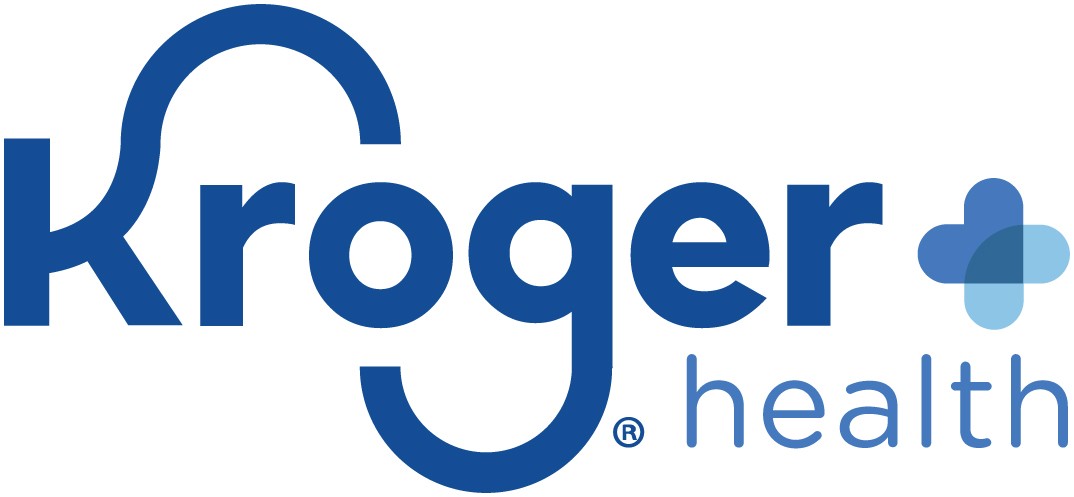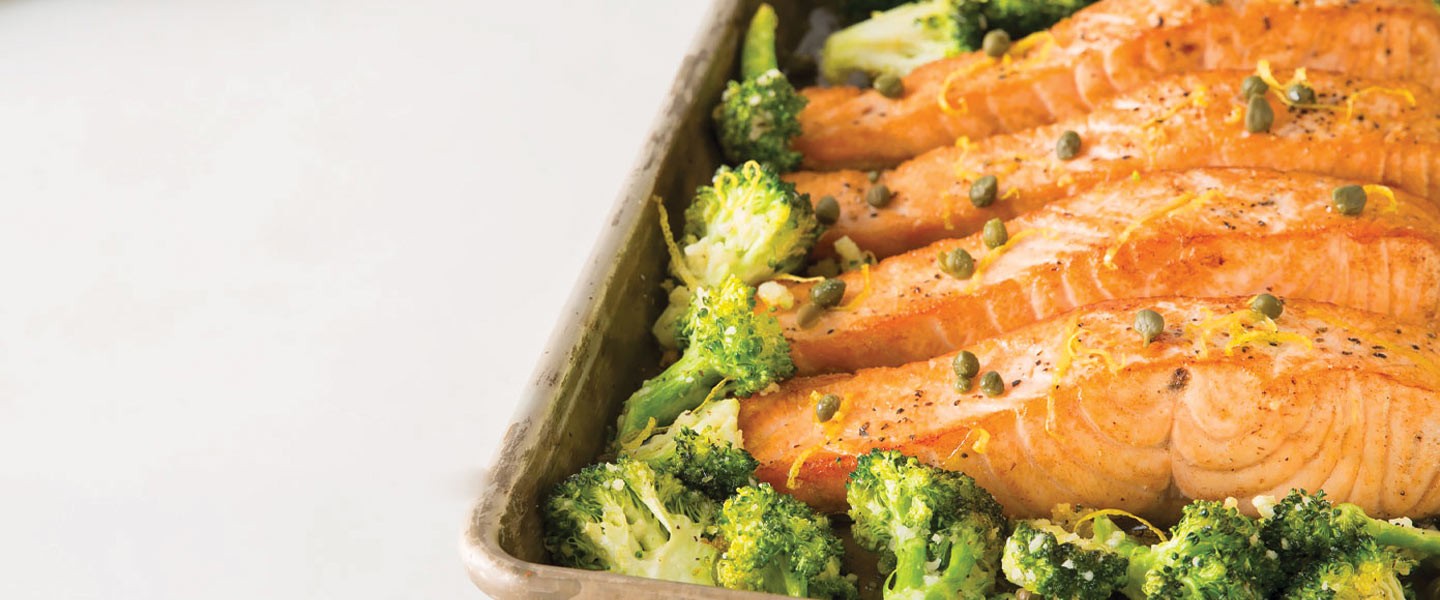Cooking with Salmon: Benefits and How-To
With its mild flavor, this king of fish can be prepared and served in so many ways.
Cooking with Salmon: Benefits and How-To
With its mild flavor, this king of fish can be prepared and served in so many ways.
What is it?
Salmon is a type of cold-water fish found predominantly in the North Pacific and Atlantic Oceans. There are three main categories of salmon: North American, European and Baltic (between Europe and Scandinavia). Wild salmon span the areas of North America, Greenland, Europe and Russia. The North American pack swim through the waters of Quebec, to Newfoundland and all the way into the Long Island Sound. They are nicknamed the king of fish and are anadromous, meaning they can live in both fresh and saltwater bodies.
RECIPES USING SALMON
What are its potential health benefits?
Many of the benefits from enjoying salmon come from its high DHA content. Deficiencies of DHA have been associated with ADHD, cystic fibrosis and even unipolar depression. Decreased DHA in the brain have been associated with cognitive decline in the aging, especially Alzheimer’s disease. A 50 percent reduction in sudden death from heart attacks has also been found with DHA from fish. Fish oil high in DHA has also been shown to reduce triglycerides in the blood and prevent cardiac arrhythmias. The omega-3 fatty acids EPA and DHA, both found in oily cold water fish like salmon, also help produce strong anti-inflammatory agents in the body called resolvins, protectins and maresins. Finally, salmon is high in protein, which is essential for the building and maintenance of many body tissues like muscle, as well as vitamin D, the mineral selenium and B vitamins, which help us get energy from our food.
All About Salmon
Get fluent in the language of this heart-healthy fish that, come summer, is at its peak of perfection
How do you cook with it?
According to the USDA, fish should be cooked to an internal temperature of 145 degrees Fahrenheit to be safe. That being said, there are probably 1,000-plus ways to heat salmon up! You can sauté salmon in a pan over medium-low heat with a small coating of oil and a pinch of sea salt and freshly ground black pepper; or bake it in the oven at 450 degrees Fahrenheit for 12–15 minutes. You can also prepare salmon by grilling, pickling and seasoning it with garlic salt or a butter sauce.
A few tips and tricks:
- One common misconception is that the skin needs to be removed.
- Pro tip: Try keeping the skin on for even more flavor, texture and nutrients.
- A simple squeeze of some fresh lemon juice will give cooked salmon a nice flavor boost.
What is it?
Salmon is a type of cold-water fish found predominantly in the North Pacific and Atlantic Oceans. There are three main categories of salmon: North American, European and Baltic (between Europe and Scandinavia). Wild salmon span the areas of North America, Greenland, Europe and Russia. The North American pack swim through the waters of Quebec, to Newfoundland and all the way into the Long Island Sound. They are nicknamed the king of fish and are anadromous, meaning they can live in both fresh and saltwater bodies.
RECIPES USING SALMON
What are its potential health benefits?
Many of the benefits from enjoying salmon come from its high DHA content. Deficiencies of DHA have been associated with ADHD, cystic fibrosis and even unipolar depression. Decreased DHA in the brain have been associated with cognitive decline in the aging, especially Alzheimer’s disease. A 50 percent reduction in sudden death from heart attacks has also been found with DHA from fish. Fish oil high in DHA has also been shown to reduce triglycerides in the blood and prevent cardiac arrhythmias. The omega-3 fatty acids EPA and DHA, both found in oily cold water fish like salmon, also help produce strong anti-inflammatory agents in the body called resolvins, protectins and maresins. Finally, salmon is high in protein, which is essential for the building and maintenance of many body tissues like muscle, as well as vitamin D, the mineral selenium and B vitamins, which help us get energy from our food.
All About Salmon
Get fluent in the language of this heart-healthy fish that, come summer, is at its peak of perfection
How do you cook with it?
According to the USDA, fish should be cooked to an internal temperature of 145 degrees Fahrenheit to be safe. That being said, there are probably 1,000-plus ways to heat salmon up! You can sauté salmon in a pan over medium-low heat with a small coating of oil and a pinch of sea salt and freshly ground black pepper; or bake it in the oven at 450 degrees Fahrenheit for 12–15 minutes. You can also prepare salmon by grilling, pickling and seasoning it with garlic salt or a butter sauce.
A few tips and tricks:
- One common misconception is that the skin needs to be removed.
- Pro tip: Try keeping the skin on for even more flavor, texture and nutrients.
- A simple squeeze of some fresh lemon juice will give cooked salmon a nice flavor boost.
ABOUT THE AUTHOR
Richie Santucci (RDN, LD, CDE, NCSF-CPT) has a nutrition philosophy of eating a diverse diet by incorporating various plant-based foods. As a former wrestler, boxer and mixed martial arts athlete who overtrained for many years, Richie realized the importance of nutrition. This led to his creation of a specialized diet program to support muscle recovery. A jack-of-all-trades, Richie is a multi-instrumentalist musician who has recorded a full album and produced two music videos.
Did you know? You can meet virtually with a Kroger dietitian to help you achieve your personal wellness nutrition goals. Learn more about Telenutrition.
ABOUT THE AUTHOR
Richie Santucci (RDN, LD, CDE, NCSF-CPT) has a nutrition philosophy of eating a diverse diet by incorporating various plant-based foods. As a former wrestler, boxer and mixed martial arts athlete who overtrained for many years, Richie realized the importance of nutrition. This led to his creation of a specialized diet program to support muscle recovery. A jack-of-all-trades, Richie is a multi-instrumentalist musician who has recorded a full album and produced two music videos.
Did you know? You can meet virtually with a Kroger dietitian to help you achieve your personal wellness nutrition goals. Learn more about Telenutrition.







Share this Post